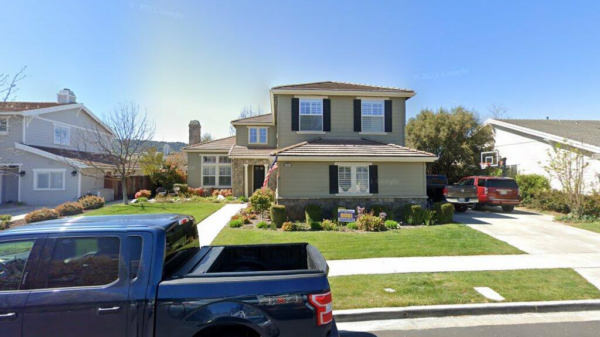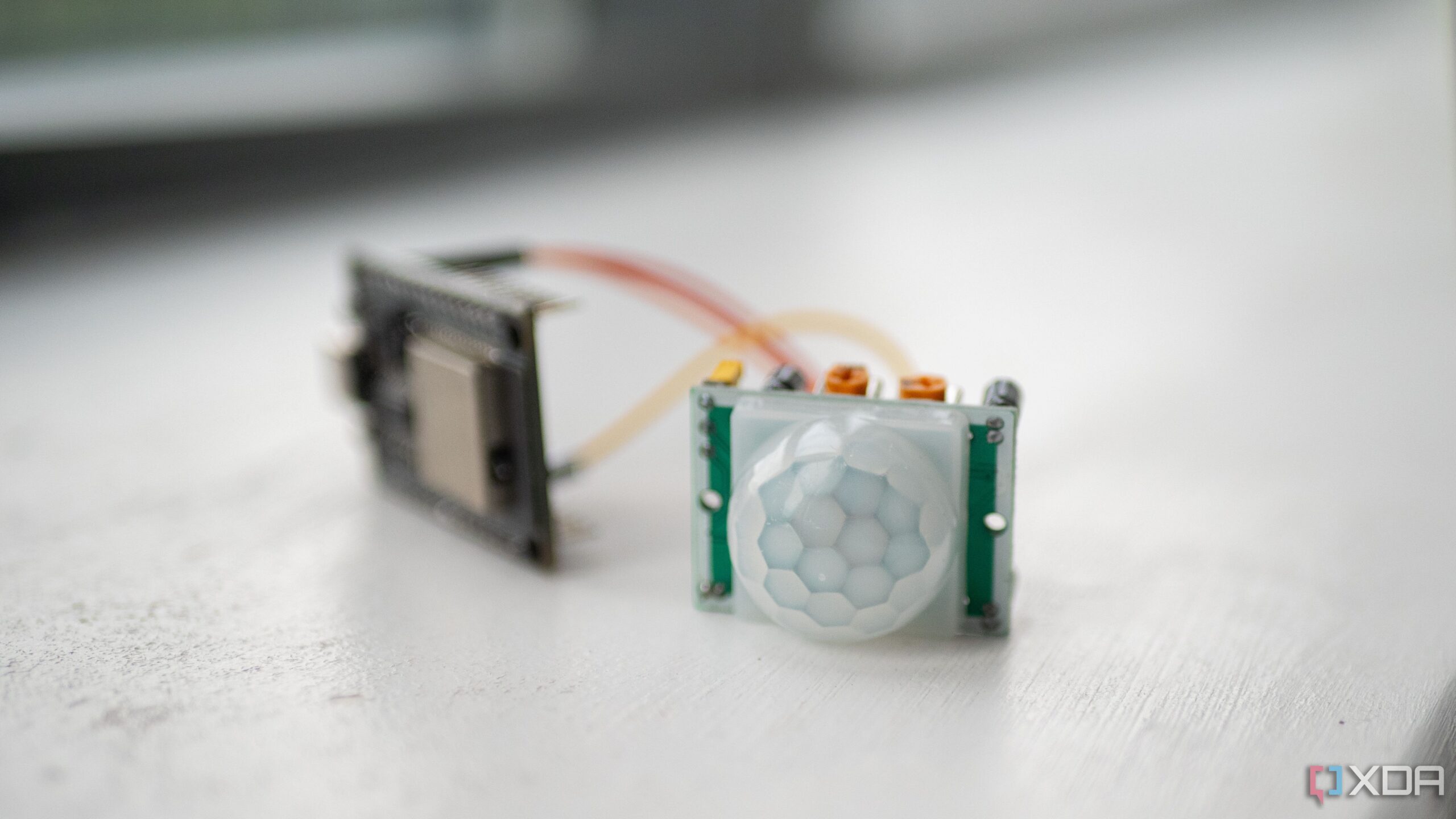UPDATE: New insights have emerged on building a privacy-respecting smart home without relying on cameras or cloud services. As smart technology rapidly evolves, homeowners are increasingly seeking solutions that prioritize privacy while enhancing automation.
Today, experts reveal five innovative methods to create a smart home environment that respects user data and operates entirely offline. This is vital for those concerned about surveillance and data security in an era where personal privacy is at risk.
1. Bluetooth Presence Detection
Bluetooth technology is leading the charge in privacy-first home automation. Devices such as smartphones and smartwatches continuously broadcast signals that can be picked up by Bluetooth listeners placed around the home. By utilizing inexpensive devices like smart hubs or ESP32 modules, homeowners can determine who is nearby based on signal strength. This method allows for personalized experiences, such as adjusting lights and music preferences when someone enters a room. The best part? This system operates entirely offline, requiring no internet connection.
2. Wi-Fi Presence Detection
If a device is connected to your Wi-Fi, there’s a strong indication that its owner is home. This straightforward method leverages existing router data to automate home functions based on occupancy. By ensuring key devices have stable DHCP reservations, homeowners can track presence accurately. While Wi-Fi detection isn’t room-specific, it lays a solid foundation for automation that works seamlessly with other sensors.
3. Motion Sensors
Motion sensors, particularly passive infrared (PIR) types, are highly effective for detecting presence in various home areas. These sensors respond to changes in light as people move, triggering lights and other automations. However, they can struggle with stationary objects. Enter mmWave radar technology, which senses even the slightest movements, including breathing or typing. This advancement allows for precise detection of occupancy without identifying the individual, making it ideal for general presence tracking.
4. Smart Plugs for Occupancy Detection
Smart plugs add another layer of presence detection by monitoring energy usage rather than just human activity. For instance, if a TV is consuming 60 watts, it’s likely someone is in the living room. By setting energy thresholds, homeowners can automate responses based on usage patterns—all without cloud dependency.
5. Door Sensors
Door sensors provide clear signals about occupancy. A magnetic contact sensor on the front door can be paired with hallway motion detectors to confirm arrivals or departures. Additionally, interior door sensors can manage room occupancy status, triggering specific automations. For example, opening a bedroom door after sunrise could initiate a breakfast routine.
These innovative methods prioritize user privacy and are tailored for those who wish to enhance their home automation without compromising their personal data. By combining various sensors and a local hub, homeowners can achieve a futuristic, presence-aware home environment.
In a world increasingly concerned with privacy, these solutions not only provide convenience but also offer peace of mind. Many tech enthusiasts and families are likely to adopt these strategies, making privacy-first smart homes a growing trend.
Stay tuned for more updates as the smart home landscape continues to evolve, ensuring you stay informed about the latest advancements in privacy and technology.





































































